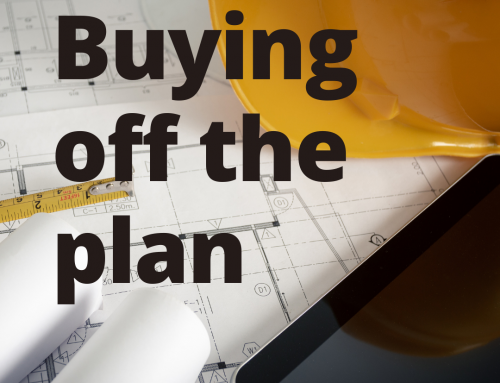 Saving up your deposit is the first step in buying a home, and when your bank account balance starts to look good it’s easy to get excited. But it pays to be realistic. Exactly how much money is enough? In this article we take a look at some of the upfront costs involved with buying a home to help you set a proper savings goal before you make your move.
Saving up your deposit is the first step in buying a home, and when your bank account balance starts to look good it’s easy to get excited. But it pays to be realistic. Exactly how much money is enough? In this article we take a look at some of the upfront costs involved with buying a home to help you set a proper savings goal before you make your move.
The deposit you contribute towards your mortgage is only part of the funds you need to purchase a property. Many first-time buyers assume that 10% of the purchase price will be enough to cover everything, but unfortunately that isn’t necessarily the case. There are many costs involved in purchasing a property, let’s take a look at other things you need to think about as part of your purchase.
1. Deposit on your mortgage
It used to be possible to borrow nearly 100% of the purchase price of the property, and use your savings to cover the other expenses, but these days that’s usually no longer the case. Most lenders require you to have at least 5% of the purchase price to put towards your mortgage. Depending on the home you want to purchase, the lender may even require you to put 10 – 20% of the purchase price towards your mortgage. Have a chat to us about different lender’s criteria to ensure you know what you can afford.
2. Stamp duty
Stamp duty is a cost that varies from state to state and it is calculated against the price of the property you wish to buy. We can help you calculate approximately what your stamp duty costs will be on the price range of home you’re looking at, so talk to us when you’re planning your budget.
3. Lenders mortgage insurance
Unless you have a deposit of 20% or more to contribute towards your mortgage, the lender who is providing your loan will require you to pay lender’s mortgage insurance (LMI). Unfortunately, the cost of this will also vary. LMI is calculated according to how much deposit you have, how much you intend to borrow and how much the home costs to purchase.
4. Borrowing costs
There are a range of different fees that apply to getting a mortgage. These differ from lender to lender and loan to loan, but generally speaking, you will need to allow for things such as application fees, lender valuation fees and a settlement fee. Some lenders also charge for legal supervision at settlement and document processing. Again, ask us what these costs could be with your chosen lender, and we’ll help you to fit them into your budget.
5. Pest and building inspections
Getting a building and pest inspection usually costs around $400, but this will vary depending on the size of the property. It really is worth the expense because it could cost you a lot of money to fix any problems the property may have after you purchase it. By getting a building and pest inspection before you buy, you’ll know exactly what you’re up against and have the opportunity to choose a different property if it looks like you can’t afford the repairs.
6. Conveyancing
You will need to employ a solicitor or conveyancer to legally transfer ownership of the property you are buying. They will also perform all the property and title searches necessary and take care of the documentation. Conveyancers can also explain sales contracts, take a look at your section 32, auction terms and any other legal elements of purchasing a property so that you fully understand what you’re getting into.
7. Insurance
Your lender may require you to take out building insurance on any property you wish to purchase. This is not only an upfront cost, it is ongoing and you’ll need to maintain this cost annually. You have the freedom to shop around amongst the various insurance carriers to get yourself a good price. Once you move in, it is also a good idea to get contents insurance as well. Usually the two can be bundled together so you can save on purchasing them individually.
8. Moving-in costs
Many people get so excited about getting their first home they forget to calculate their moving in costs and include them in their budget. Remember that you may need to hire the services of a removalist to move in your stuff, and that can be expensive! There’s also likely to be items of furniture you’ll need to buy and most people want curtains and blinds at the windows.
You’ll also need to pay to have your utilities connected. These may include telephone, internet, gas and electricity.
9. Contingency funds
Last but not least, it’s important that you have some funds put aside for any unexpected expenses. Of course, it’s difficult for us to predict what these may be, but you never know when you might encounter a problem. Perhaps you’ll have a blocked drain that requires a plumber, or light sockets that don’t work and require an electrician. It’s all part of the fun of owning a home!
Although this may sound daunting, remember, we’re here to help you budget to purchase your property and help to make sure there are no hidden surprises. If you’re getting ready to purchase a home, please don’t hesitate to give us a call for a chat. We’ll help you determine whether you’ve saved enough money to cover your deposit and all your expenses. We can also help you get pre-approval for your home loan so you can get started on searching for your dream home! Please call us today on 0437 498 800.





